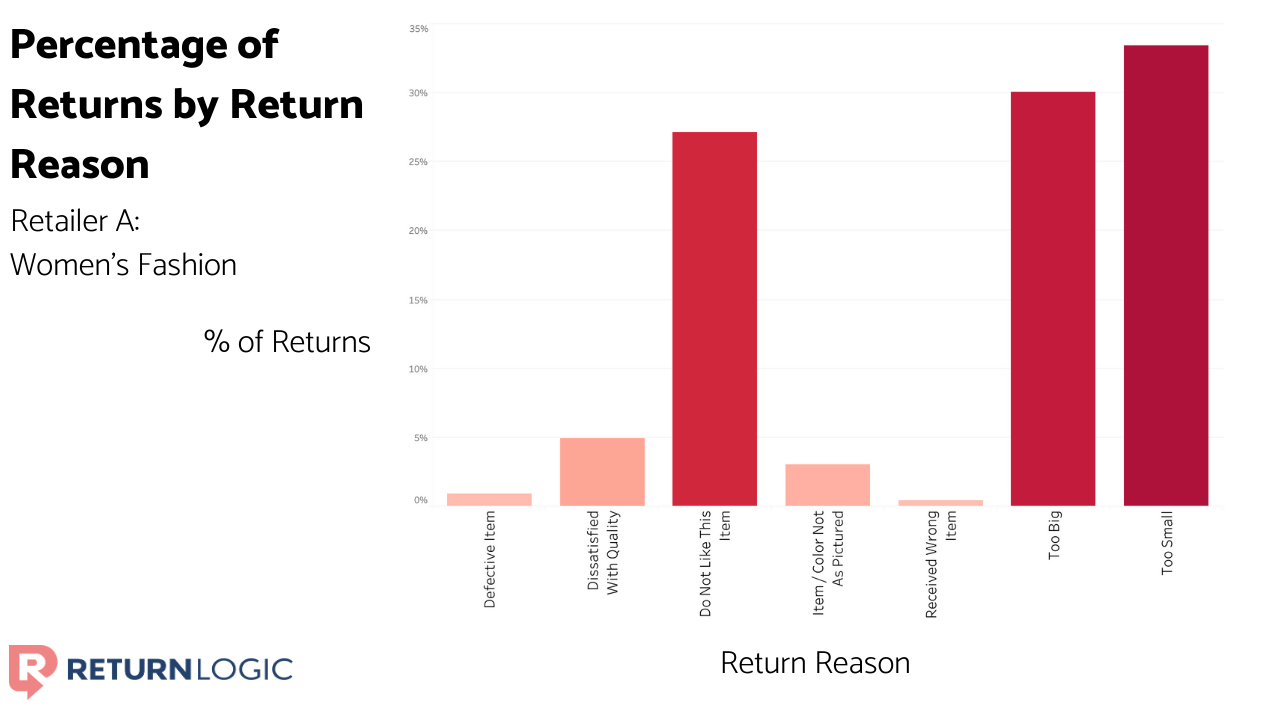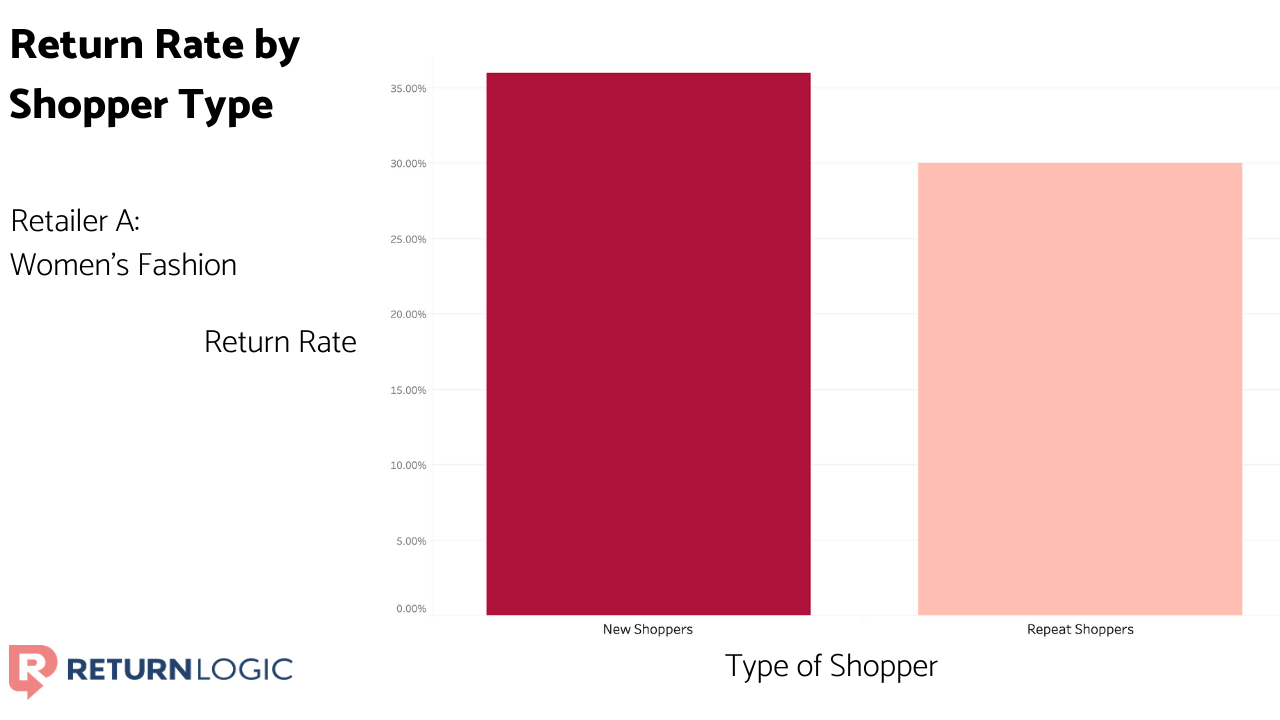Help Your Customers with Returns Management

Why is Managing Returns Important?
Managing returns has become an integral part of the customer experience in ecommerce.
79% of customers want free return shipping, and 96% say they will buy again if the return process is easy.
Also, up to 40% of a brand’s shoppers have returned at least one item by their third purchase.
Returns management is more than simply logistics and operational processes – it’s a key player in customer satisfaction and customer lifetime value.
Recognizing the Problem
The traditional return workflow is full of manual steps and insufficient visibility.
This manual workflow can quickly overwhelm your operations and result in an influx of messages from shoppers to your customer service team.
It can be easy to blame the shopper when they return a purchase, even if you do so subconsciously.
But keep in mind that most returns are not the result of serial returns behavior. Many are simply cases of misaligned expectations.
As many of us know, it can be hard to shop online without the tactile experiences of in-store shopping.
Such is particularly the case in fashion and other verticals that are heavily reliant on aspects like fit and feel.

Above, we have a breakdown of returns by return reason for a women’s fashion brand. It’s clear to see that sizing issues – manifested as “Too Big” and “Too Small” – are responsible for the bulk of their returns.
Unfortunately, new shoppers are often affected by returns more than repeat shoppers. We can demonstrate this effect by looking at the return rate of each type of shopper.

For this merchant, new shoppers have a return rate of over 5% more than repeat shoppers. This difference nullifies any effort to convert these customers, jeopardizes the future customer relationship, and makes returns management difficult.
Ecommerce retailers need a process to handle the logistical and customer-facing challenges that come with a return.
You need to manage returns effectively and ease the customer experience. You also want to collect powerful insights to prevent returns in the future.
This is precisely the role that return management software aims to play.
How Do you Manage Ecommerce Returns?
Returns management comprises all of the policies, rules, workflows, and processes associated with a return for a shopper, and the systems used by the retailer to receive, grade, and complete the return.
As we mentioned above, the return workflow is full of manual steps.
Smart automation empowers merchants to dramatically streamline their process by mechanizing repetitive and labor-intensive aspects while preserving visibility and control.
No one workflow or solution will alleviate every issue. Consider your current and future needs when evaluating return management options.
How can Ecommerce Returns be Reduced?
With return rates typically falling between 15% and 30% in ecommerce, it’s no surprise that many retailers want to reduce their return rates.
The best way to do so is by transforming data into actionable insights. But it takes more than data; you need a structured analytical process to identify opportunities for improvement and dive into extracted insights.
(To learn more, check out “Reduce Your Return Rate: The Advanced Guide”)
With insights in hand, you’re now equipped to make changes to reduce your return rate. It’s important to remember that a return indicates the customer’s expectation didn’t match reality.
So, to prevent returns, we can either focus our attention on the expectation or the reality of the product.
To focus on the expectation of the product, make changes to its description or the pictures of the product. Focusing on the reality of the product means changing the way it physically looks, feels, or functions. Both align the customer’s expectations more closely with the reality of a product, and both use insights from product data to reduce your return rate.
By reducing your return rate, you prevent returns before they happen. Doing so allows you to retain sales revenue, reduce shipping and processing costs, and avoid a volatile experience in the customer relationship.
Returns Management that Works
ReturnLogic knows that operations are fundamental to the customer experience. A better return process means happier shoppers.
We design automations that streamline the most labor-intensive parts of the process while allowing you to maintain visibility and control over your return workflow.
One retailer cut their return processing time by 10X using ReturnLogic, and another states that return-related emails are virtually non-existent after partnering with us.
Return data could be the key to maximizing your profit. Return data can reduce your returns when used correctly – saving revenue and preventing a delicate event in the customer relationship.



